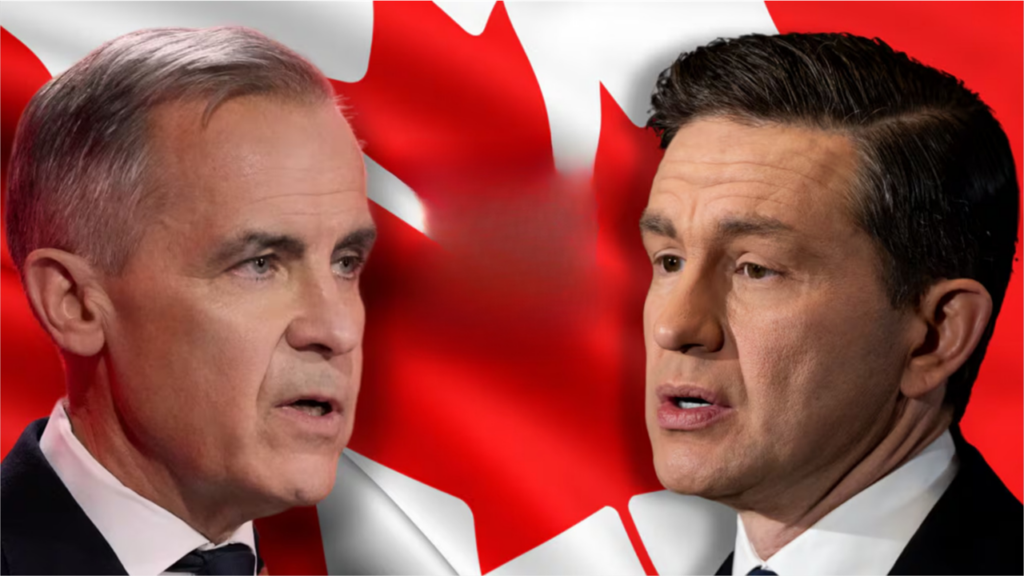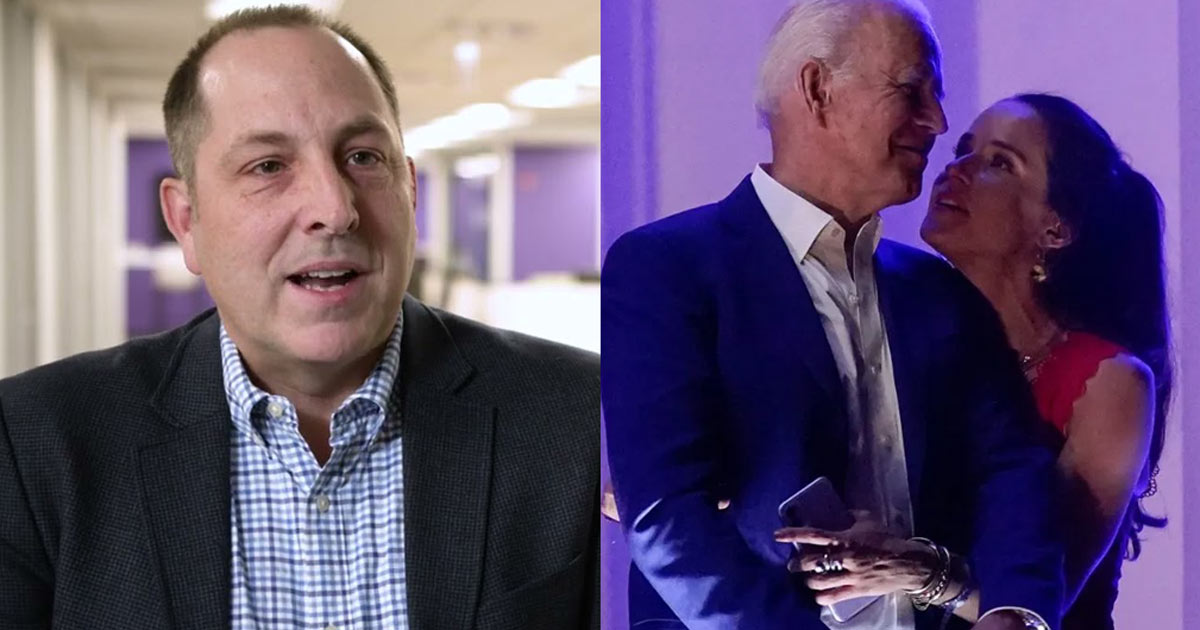The 51st State Goes To The Polls

By Philip Marey, senior US strategist at Rabobank
For now, Trump’s advisors seem to have talked him out of firing Powell, easing market stress last week. The VIX fell from almost 36 on Monday to 25 by the end of the week. However, as we warned a year ago and last month, the Fed and Trump are on a collision course and we are likely to see further confrontations as the Fed’s cutting cycle is slowed down by the inflationary impact of the tariffs. At a closed door IMF meeting on Friday, Powell is reported to have stressed that central banks must be shielded from politics to ensure they can focus on keeping inflation stable and employment high. While he drew applause for these remarks, his audience can do very little to keep him safe from Trump.
On Saturday, the FOMC’s external communications blackout started. However, Powell has already made clear that May 7-8 is not a live meeting. This also means that we are not going to get Fed reactions to some interesting data points that are scheduled for this week, including Q1 GDP, March PCE inflation and April payrolls and unemployment.
Week ahead
Today, the Canadians go to the polls. The two largest parties are the Liberals (Mark Carney) and the Conservatives (Pierre Poilievre). Justin Trudeau resigned as Prime Minister of Canada on January 6, following declining poll numbers and the resignation of Finance Minister Chrystia Freeland. Caretaker Prime Minister Mark Carney has called a snap election for today.
After Trudeau’s resignation, Liberal Party support surged from 20% to 43% under Mark Carney, and the Liberals are leading polls for the first time since 2022. Carney’s agenda focuses on economic growth, affordability, and global trade, including eliminating the carbon tax, ambitious housing plans, and infrastructure investment.
You will find more infographics at Statista
Poilievre and the Conservatives, with the slogan “Canada first, for a change,” aim to lower the lowest income bracket and introduce a tax cut to defer capital gains taxes when reinvesting within Canada, as their campaign gains momentum.
For more details on the Canadian election, please read the preview of the Canadian elections by Christian Lawrence and Molly Schwartz.
Meanwhile, the American interest in Canada has not waned. In an interview with Time magazine, published on Friday, US President Trump repeated his claim on Canada. He said: “I’m really not trolling. Canada is an interesting case.… I say the only way this thing really works is for Canada to become a state.”
Tomorrow, we get the US goods trade balance for March, which turned more negative since December due to rising imports that are likely caused by front-loading because of the tariffs. In February, the trade deficit declined a little due to a rise in exports. Trump’s intended reciprocal tariffs are proportional to the trade deficits with the various trading partners, but many are now trying to negotiate their way out of them. Trump expects some results in a few weeks. Keep in mind that the specific part of the reciprocal tariffs (i.e. above the 10% universal tariff) were delayed until early July for most countries.
We also get the Conference Board report on US consumer confidence, which has declined, also because of the tariffs. While the assessment of the present situation has fallen back to levels shortly before the November elections, the expectations index has plummeted to the lowest level since 2013. So American consumers are very pessimistic about the impact of Trump’s policies.
On Wednesday, we get the Australian CPI for March and the Chinese PMIs for April. Eurozone CPI data for April and GDP growth for Q1 are also scheduled, with separate data for individual Eurozone countries.
In the US, the advance estimate of Q1 GDP growth will be published. The consensus expectation is only 0.2% growth (this is at an annualized rate!), a substantial slowdown from 2.4% in the final quarter of last year. Strong imports, likely caused by front-loading the tariffs, have been a major drag on GDP growth in Q1.
US personal income and outlays for March will also be published. This report includes the PCE deflator, the Fed’s preferred measure of consumer price inflation. The consensus expectation is a decline in headline PCE inflation to 2.2% in March from 2.5% in February. The core PCE deflator is expected to fall to 2.6% from 2.8%, which would suggest continued stickiness. Another data point that the FOMC usually pays attention to is the Employment Cost Index for Q1, which is expected to remain at 0.9%. However, both the ECI and the PCE may now be seen as rearview mirror data points in light of the anticipated inflationary effects from the tariffs.
Finally, the ADP statisticians will publish their estimate of US employment growth in the private sector, which they think is informative regarding Friday’s payrolls. The ADP measure is expected to slow down to 128K in April from 155K in March.
On Thursday, the Bank of Japan is expected to keep the target rate unchanged at 0.50%. However, the BoJ will publish its quarterly outlook, which will extend projections through March 2028.
We also get the US initial jobless claims for the week ending on April 26. They have been moving sideways recently, hovering around the post-2021 average, so they have not been a cause for alarm yet.
The ISM manufacturing report for April will also be published. Last month, the headline index fell below the neutral level again, but remains in the range it has been moving in since 2023. The employment sub-index has been sliding downward, albeit slowly, since 2021 as the Fed has tried to rebalance the labor market. In contrast, the prices paid sub-index has been on the rise since the elections.
On Friday, all eyes will be on the US Employment Report for April, featuring the nonfarm payrolls and the unemployment rate. The consensus expectation is a slowdown to 130K in April from 228K in March. This would still be better than the slow first two months of the year. Unemployment is expected to remain unchanged at 4.2%. Average hourly earnings are also expected to remain stable at 0.3% month-on-month, which should lead to a modest increase to 3.9% from 3.8% in year-on-year terms. A report like this would certainly not make the Fed’s May meeting a live one. However, the Fed will stay alert for signs of deterioration in the labor market that would warrant a rate cut in June.
Apart from these data points, the daily tariff news will likely move markets.
Loading…













